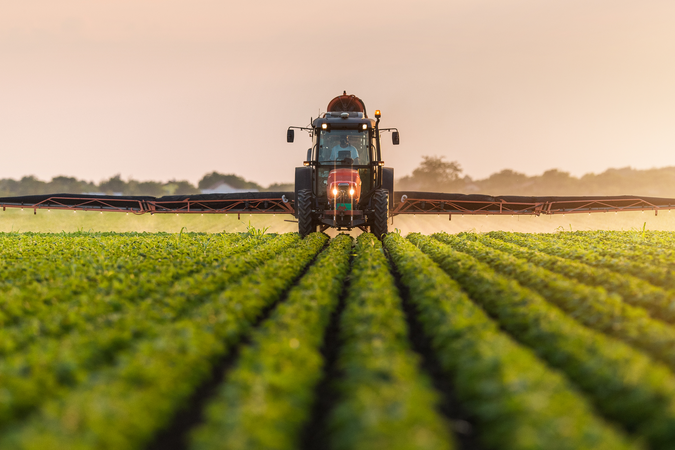Poverty and the Environment: Exploring the Relationship between Household Incomes, Private Assets, and Natural Assets
DownloadUsing purpose-collected survey data from 537 households in 60 different villages of the Jhabua district of India, this paper investigates the extent to which rural households depend on common-pool natural resources for their daily livelihood. Previous studies have found that resource dependence— defined as the fraction of total income derived from common-pool resources—strongly decreases with income. Our study finds a more complex relationship. First, for the subsample of households that use positive amounts of resources, we find that dependence follows a U-shaped relationship with income, declining at first but then increasing. Second, we find that the probability of being in the subsample of common-pool resource users follows an inverse U-shaped relationship with income: the poorest and richest households are less likely to collect resources than those with intermediate incomes. Resource use by the rich is therefore bimodal: either very high or—for the very richest households—zero. Third, we find that resource dependence increases at all income levels with an increase in the level of common-pool biomass availability. The combination of these results suggests that the quality of natural resources matters to a larger share of the rural population than had been previously believed; common-pool resources contribute a significant fraction of the income not just of the desperately poor, but also of the relatively rich.
Authors

Urvashi Narain

Shreekant Gupta

Klaas van 't Veld



